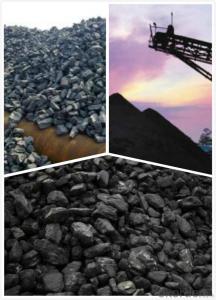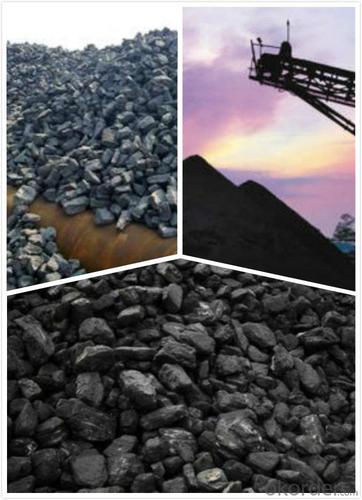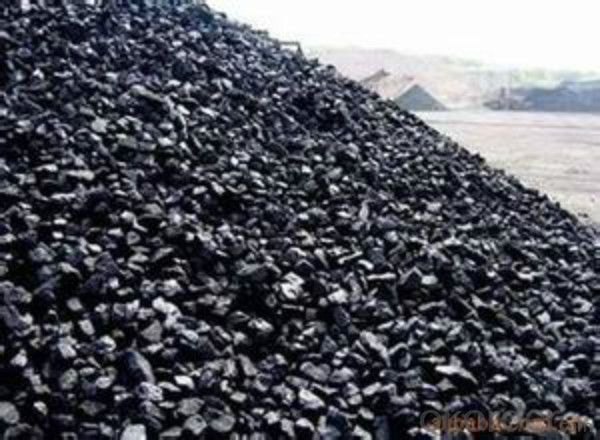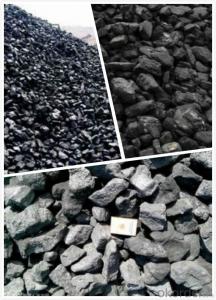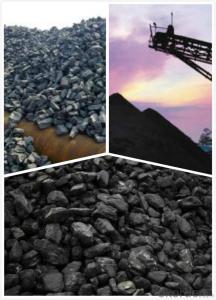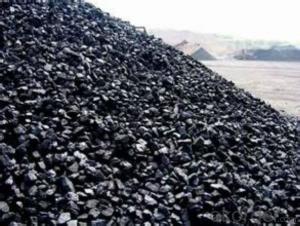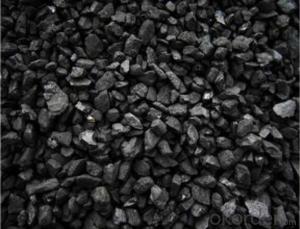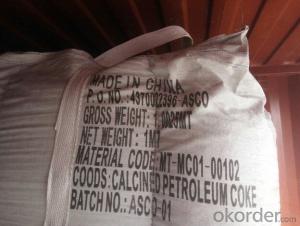90-120mm Foundry Coke of China Supplier for Furnace Charge
- Loading Port:
- Tianjin
- Payment Terms:
- TT OR LC
- Min Order Qty:
- 900 m.t
- Supply Capability:
- 22000 m.t/month
OKorder Service Pledge
OKorder Financial Service
You Might Also Like
Product Description
Foundry Coke is one of metallurgical raw materials used for steel making.The coke handled is made from superior coking coal of Shanxi province. Provided with the advantages of low ash, low sulphur and high carbon.Our coke is well sold in European,American,Japanese and South-east Asian markets. Our owned Coke plant are located in Shanxi Province and supplying of you many kinds of coke.
Features
This is a special coke that is used for furnaces to produce cast and ductile iron products. It is a source of heat and also helps to maintain the required carbon content of the metal product. Foundry coke production requires lower temperatures and longer times than blast furnace coke.
Specification
Fixed Carbon | Sulphur Content | Moisture | V.Matter | Ash |
86%min | 0.7%max | 5%max | 1.2%max | 12%max |
88%min | 0.65%max | 5%max | 1.5%max | 10%max |
85%min | 0.8%max | 15%max | 2%max | 13.5%max |
Pictures
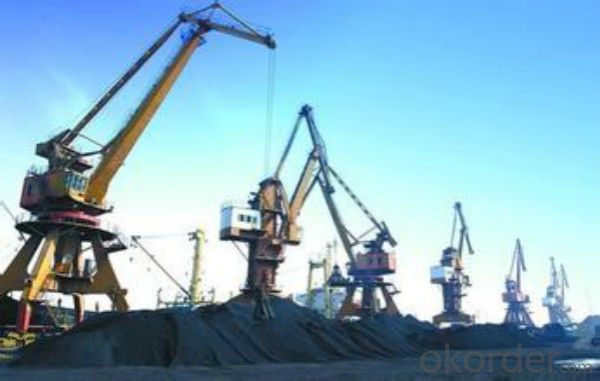
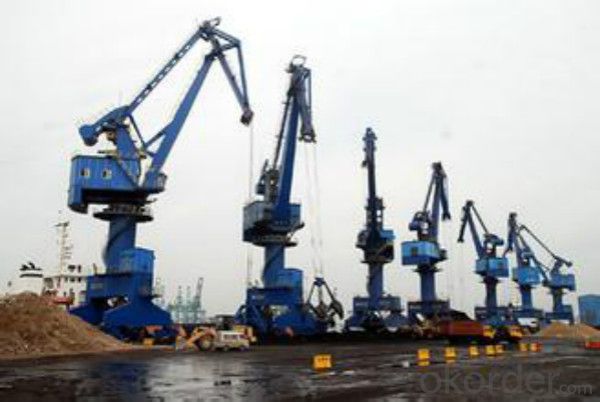
FAQ:
1 How long can we deliver the cargo?
Within 30 days after receiving the LC draft or down payment
2 Payment terms?
D/P, L/C, T/T with downpayment
- Q: What is the carbon emission of the air conditioner?
- Summer less air-conditioning 1 hours, it will reduce carbon emissions of 0.621kg
- Q: What are the impacts of carbon emissions on the stability of coastal areas?
- Coastal areas are greatly affected by carbon emissions, which create numerous challenges for both the environment and the communities living there. Sea-level rise is one of the most notable consequences, triggered by the melting of polar ice caps and the expansion of seawater due to rising global temperatures. As greenhouse gases like carbon dioxide accumulate in the atmosphere, they trap heat and warm the planet. Consequently, glaciers and ice sheets melt, contributing to the rise in sea levels. Sea-level rise directly endangers coastal regions, leading to increased erosion, flooding, and the loss of valuable land. As water levels climb, shorelines recede, eroding beaches and cliffs, and jeopardizing coastal infrastructure and habitats. This erosion not only threatens the stability of coastal ecosystems but also puts human settlements at risk, resulting in the displacement of communities and property loss. Additionally, the surge in carbon emissions causes ocean acidification, as excess carbon dioxide is absorbed by the ocean, decreasing its pH levels. Acidic waters have detrimental effects on marine life, particularly coral reefs, shellfish, and other organisms that rely on calcium carbonate for their shells and skeletons. With increased ocean acidity, these organisms struggle to form and maintain their protective structures, ultimately leading to the degradation of coastal ecosystems and loss of biodiversity. Furthermore, carbon emissions intensify extreme weather events like hurricanes and tropical storms. Warmer ocean temperatures provide more energy for these storms, making them stronger and more destructive. These events can cause significant damage to coastal infrastructure, including buildings, roads, and utility systems. Moreover, they can result in loss of life and livelihoods, further increasing the vulnerability of coastal communities. In conclusion, carbon emissions have extensive impacts on the stability of coastal areas. Sea-level rise, ocean acidification, and the intensification of extreme weather events all contribute to the deterioration of coastal ecosystems, loss of biodiversity, erosion, and coastal flooding. These consequences not only threaten the environment but also pose significant risks to human settlements. Urgent measures for mitigation and adaptation are necessary to safeguard coastal areas and the communities depending on them.
- Q: There are ten carbon and oil Gulu chorus, carbon English Gollum and finally he said to sing, this is English this is the song of English is what?
- It's BAD AND NITHTDuring Halloween last year, many people joined in the chorusThe English sounds are are, you, ready and where you goingBecause the pronunciation and intonation is very interesting, so has been Tucao
- Q: Speak in detail! I am ~ carbon Roast Lamb Leg lamb chops lamb barbecue ah ~ ~ how to do with practice video line! And how do you bake the oven?
- Step 1: the leg with a knife cut, and then put into the seasoning pickled, according to the guests taste add salt, pepper, fennel, pepper and so on, this time can not add cumin. These ingredients should be fully blended and then applied to the surface of the meat. Then sealed with a sealed instrument to allow the meat to be fully salted and flavored, preferably 3 hours.
- Q: How is carbon dating used to determine the age of fossils?
- Carbon dating is used to determine the age of fossils by measuring the amount of radioactive carbon-14 remaining in the fossil. Since carbon-14 decays at a predictable rate, scientists can estimate the age of the fossil by comparing the ratio of carbon-14 to stable carbon-12 isotopes. This method is most effective for fossils up to 50,000 years old.
- Q: What are the properties of carbon-based rubber?
- Carbon-based rubber, also known as carbon black-filled rubber, possesses several important properties that make it highly desirable for various applications. Firstly, carbon-based rubber exhibits excellent elasticity and flexibility, allowing it to withstand repeated stretching and compression without permanent deformation. This property makes it ideal for use in manufacturing products such as tires, gaskets, and seals. Secondly, carbon-based rubber displays outstanding resistance to abrasion and wear, ensuring that it can endure harsh conditions and prolonged use without deteriorating. This property is particularly beneficial in applications where the rubber material is subjected to friction or constant contact with rough surfaces. Additionally, carbon-based rubber demonstrates remarkable resistance to various environmental factors. It has excellent resistance to ozone, sunlight, and weathering, making it suitable for outdoor applications where it will be exposed to UV radiation and extreme temperatures. Its resistance to chemicals and oils further enhances its versatility, allowing it to be used in industries such as automotive, aerospace, and manufacturing. Another noteworthy property of carbon-based rubber is its electrical conductivity. This characteristic makes it an ideal material for applications that require static dissipation or protection against electrostatic discharge, such as in electronic devices, conveyor belts, and industrial flooring. Furthermore, carbon-based rubber exhibits good adhesion to various substrates, enabling it to form strong bonds when used in adhesive applications or as a lining material. Overall, the properties of carbon-based rubber make it a highly sought-after material due to its exceptional elasticity, abrasion resistance, environmental resistance, electrical conductivity, and adhesion capabilities.
- Q: How does carbon affect the formation of toxic algal blooms?
- Carbon can have both direct and indirect effects on the formation of toxic algal blooms. One direct effect is through the process of eutrophication. Carbon, in the form of organic matter, enters water bodies through runoff from agricultural activities, sewage discharge, and other human activities. This excess carbon acts as a nutrient for algae, promoting their growth and proliferation. When the carbon supply is abundant, algae can reproduce rapidly, leading to the formation of algal blooms. The presence of carbon also affects the composition of algal communities. Some species of algae, known as harmful algal blooms (HABs), have the ability to produce toxins. These toxins can be harmful to aquatic organisms, as well as humans and animals that come into contact with the water. Carbon concentrations can influence the growth and dominance of HABs, creating favorable conditions for their development. Furthermore, carbon affects the chemistry of the water, including its pH levels. Changes in pH can have a significant impact on the physiology and behavior of algae. Some species of toxic algae are more tolerant of low pH levels, which can be exacerbated by increased carbon dioxide levels in the water. This can create an environment that favors the growth of harmful algal blooms. Indirectly, carbon can also alter the temperature and nutrient dynamics in water bodies. Climate change, driven by increased carbon emissions, can lead to warmer temperatures, which can stimulate algal growth. Additionally, changes in nutrient availability due to carbon-induced alterations in the water cycle can favor the development of toxic algal blooms. In summary, carbon affects the formation of toxic algal blooms through eutrophication, changes in algal community composition, alterations in water chemistry, and indirect impacts on temperature and nutrient dynamics. Understanding these relationships is crucial for developing strategies to mitigate the occurrence and impact of harmful algal blooms.
- Q: The difference between graphite and carbon
- There are three kinds of carbon allotropes, namely diamond, graphite and amorphous carbon.
- Q: What's the difference between carbon steel pipes and stainless steel pipes and seamless steel tubes?
- Call is a weld seam steel tube, so that you understand it!
- Q: How is carbon formed in stars?
- Carbon is formed in stars through a process called stellar nucleosynthesis, specifically in the later stages of a star's life. This occurs when helium nuclei (alpha particles) fuse together under high temperatures and pressures to form carbon nuclei.
Send your message to us
90-120mm Foundry Coke of China Supplier for Furnace Charge
- Loading Port:
- Tianjin
- Payment Terms:
- TT OR LC
- Min Order Qty:
- 900 m.t
- Supply Capability:
- 22000 m.t/month
OKorder Service Pledge
OKorder Financial Service
Similar products
Hot products
Hot Searches
